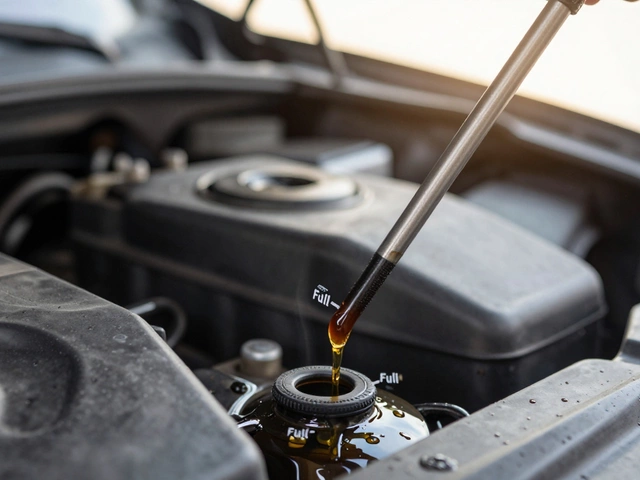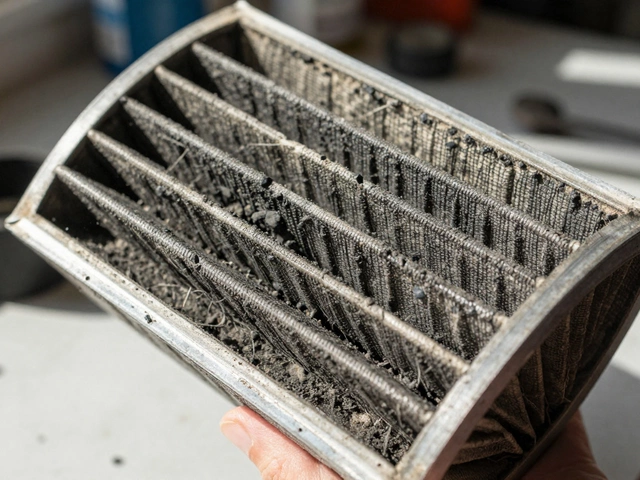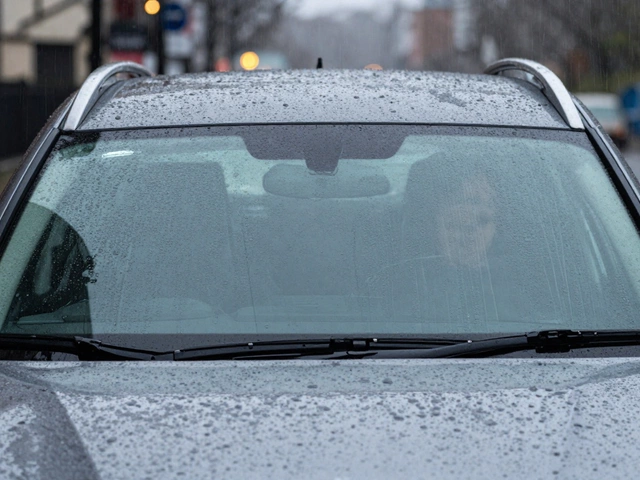
Picture this: you’re cruising down a familiar road—the sun’s bright, your playlist is finally hitting the right vibe, and out of nowhere your car hits a bump and...clunk! Suddenly, you’re wondering if your car is falling apart underneath you, or if maybe you just imagined that sound. Suspension noises aren’t just annoying—they can be a dead giveaway that something serious is going on with your ride. Bad suspension doesn’t hide for long. Your ears just have to know what to listen for. If you’ve ever heard odd thuds, creaks, or a symphony of rattles with every pothole you meet, you’re not alone. Let’s break down the specific sounds, what they actually mean, and how you can keep your car (and bank account) in a good spot.
Decoding the Sounds of Bad Suspension
Cars are supposed to glide over the road, not play percussion with it. Yet, when suspension parts wear out, they set up a whole orchestra of unwanted sounds. The classic one that everyone dreads is the suspension noise—that could be anything from a clunk to a squeak or even a metal-on-metal grind. Clunks are most often caused by worn ball joints, control arm bushings, or sway bar links. When rubber bushings harden or split, every minor bump on the road can echo through the chassis with a sharp thunk. Creaks, on the other hand, suggest that something is either dry or loose—like an old door that needs oiling. Springs going bad can produce a 'boing' sound, especially when turning or going over uneven ground.
Let’s get more specific. If you hear a rattling that seems to come from the wheel well, it’s often loose struts or shocks. A constant, rhythmic knocking that’s tied to your car’s speed? That’s a crying-out CV joint, and while not part of the traditional suspension, it connects the wheels like crucial ligaments do bones. Squeaks when bouncing the car’s corners can mean dry bushings or tired shock mounts. Metal-on-metal noises usually mean things have gotten pretty dire—think broken spring or a component that’s completely detached. If you’re getting a low, groaning noise when turning, worn-out upper strut mounts or tired bearings could be the culprit.
Check out the quick breakdown below of common sounds and what they often mean:
| Noise | Possible Suspension Cause |
|---|---|
| Clunking/Banging | Worn bushings, ball joints, sway bar links |
| Squeaking | Dry or cracked bushings, shock mounts |
| Rattling | Loose or broken struts/shocks |
| Grinding | Broken spring, damaged mount |
| Knocking (rhythmic with speed) | Bad CV joint, control arm failure |
| Groaning when turning | Worn strut bearings or mounts |
Noticing these sounds in the morning, especially after a chilly night? That can mean bushings and rubber components are cold and stiff. Warm them up, and sometimes the noises fade—but don’t count on it staying that way. If you have a car with higher mileage (say, more than 70,000 miles), worn suspension parts are almost guaranteed. Even new cars aren’t immune—hitting one too many deep potholes can fast-forward the wear. Modern suspension systems usually have over a dozen moving parts per corner, so there’s plenty to go wrong if even one piece fails. Remember, the faster you diagnose what’s making all the racket, the easier (and usually cheaper) it will be to fix.
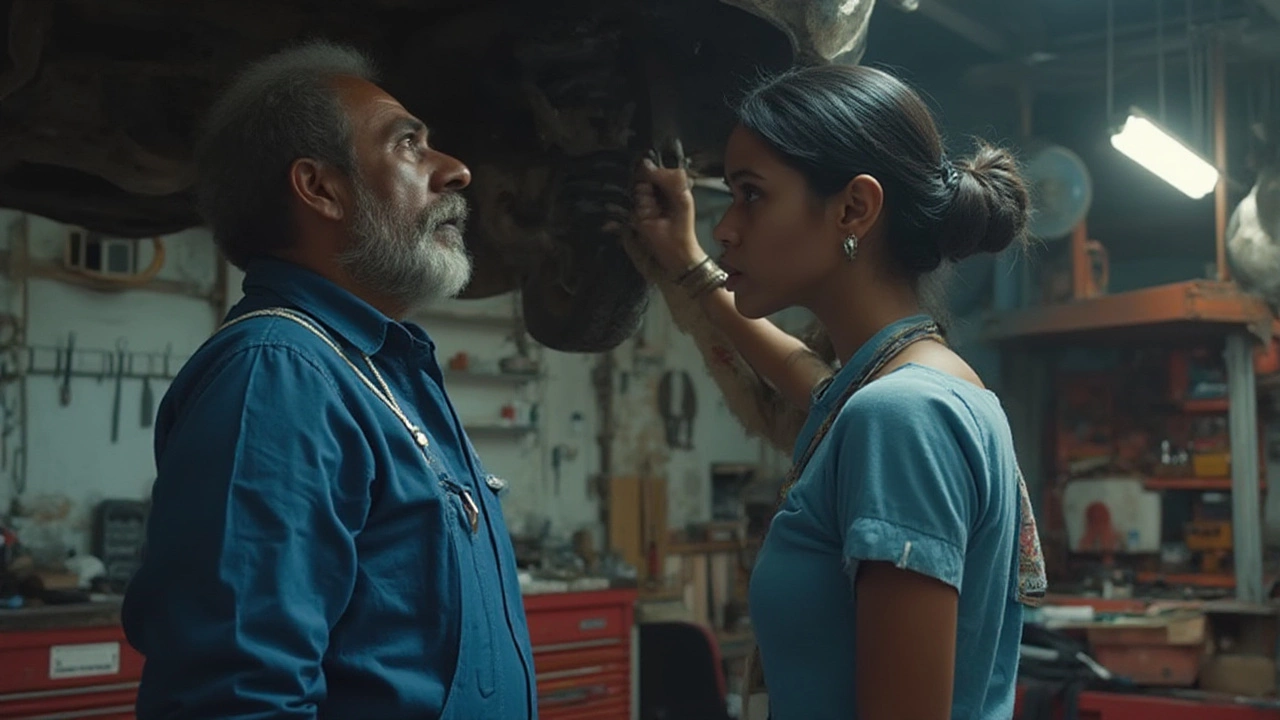
What Happens If You Ignore Bad Suspension Sounds?
It’s tempting to let odd suspension sounds slide, especially if they aren’t constant or the car seems to drive fine. That’s a mistake that can cost you more than peace of mind. Ignoring those first little clunks and squeaks is like letting a leaky roof go because it’s only dripping during thunderstorms. Bad things compound fast. Running on worn suspension components won’t just wreck your ride comfort, it’ll push other parts past their limit too. Worn shocks or struts mean your tires don’t stay glued to the pavement, which can mess with your braking and steering.
Data shows that worn-out shocks can increase stopping distance by up to 20%. Imagine needing those extra few feet in a panic stop. Your suspension also keeps your wheels pointed the right direction—the more play there is at each joint, the more your alignment shifts after every bump. That means your tires will wear out in wavy, uneven patterns. Have you ever seen a tire worn to the threads on one edge and totally fine everywhere else? That’s classic bad suspension at work.
There’s also the safety issue. Suspension failures don’t just cause a noisy ride—they can lead to scary situations. Broken springs sometimes let go with enough force to puncture a tire. Worn ball joints can fail suddenly (especially on rough roads), and if one pops out, you can lose a wheel, period. According to a report from the National Highway Traffic Safety Administration (NHTSA), about 3% of all accidents linked to mechanical failure are due to suspension issues. Sounds small, but in the grand scheme, that’s thousands of preventable crashes a year.
Treating those noises as an SOS from your car is the smart move. At the very least, you’ll know your wheels aren’t plotting against you. Most times, fixing one worn bushing or joint is way cheaper than replacing a shredded tire or paying for a tow after a roadside suspension collapse. If you drive long distances or spend a lot of time on rough roads, staying ahead of suspension wear can save you money—and maybe a hospital visit.
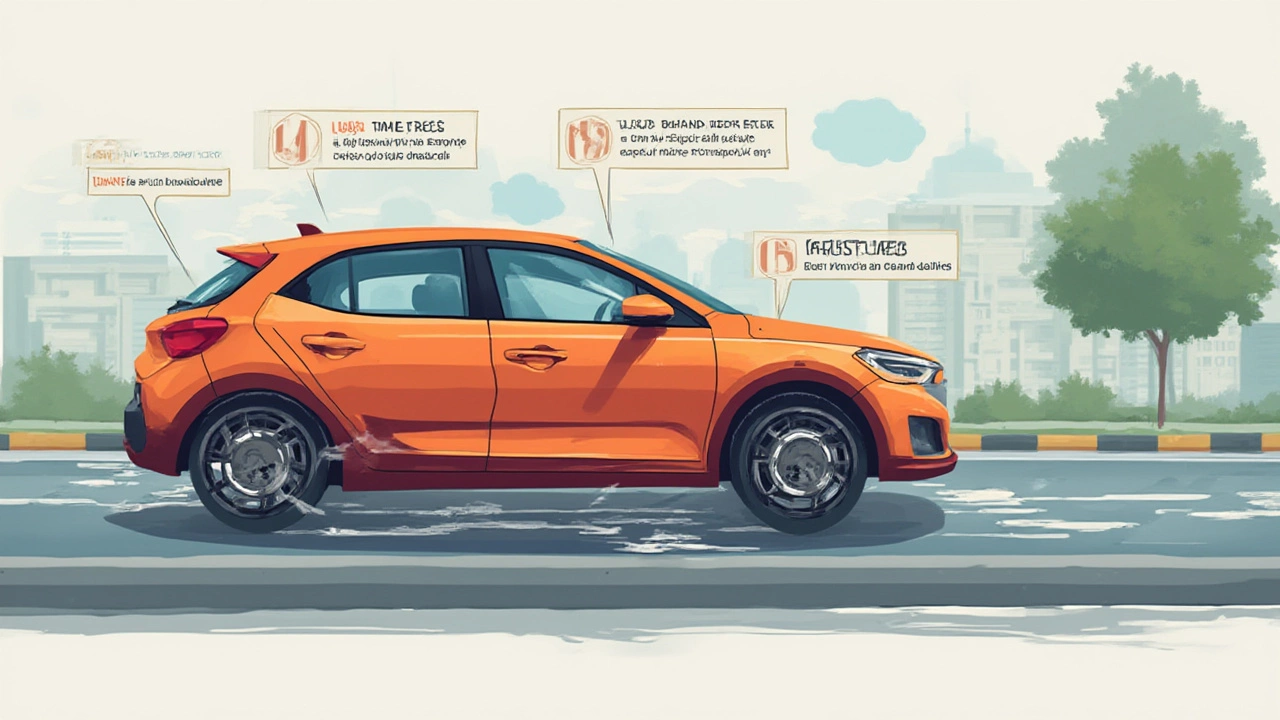
How to Pinpoint and Fix Bad Suspension Noises
Now for the hands-on bit. You don’t need a mechanic’s diploma to get a good sense of what’s happening under your car. First, pay attention to when you hear the noise. Is it when you turn, brake, go over bumps, or just at certain speeds? Listening carefully can help narrow down the likely culprit. A creak during turns points to bushings, while bumps that make the car thud likely stem from shocks, struts, or ball joints.
Try the bounce test: grab a fender, push down hard, and let go. A healthy car should settle in one or two bounces. If it keeps rocking, your shocks or struts are likely shot. While you’re near the wheels, look at the ground: any oil under those corners? Leaky shocks can spill fluid. A quick look at the tires for uneven patterns (feathered, cupped) is another clue. Pop the hood and listen as someone turns the wheel lock to lock—noises from the top of the struts can mean worn bearings or mounts.
- If you’re into DIY, a rubber mallet can be your friend. Lightly tap each suspension component (bushings, links, control arms) and see if any produce a sharp tap or rattle.
- Grab a flashlight and check for cracked or split bushings, missing bolts, or rust trails, especially at attachment points.
- If you spot a broken coil spring, don’t drive the car until it’s fixed—springs control ride height, and missing chunks can destabilize the car in turns.
If you’re not handy (or don’t want to crawl under your car and look like you’ve lost your mind to the neighbors), visiting a shop for a proper suspension inspection is the way to go. Many places will check out your suspension for free or a modest fee, especially if you come in complaining of new noises. A real mechanic will put the car on a lift, use a pry bar to check for play in every joint, and spot what most eyes miss.
One last thing: never ignore your gut (or your cat’s reaction—Whiskers always bolts under the couch whenever I drive home after one suspension rattle too many). Trust your ears, and get those noises checked before they turn into expensive problems. Your future self—and your wallet—will thank you big time.



